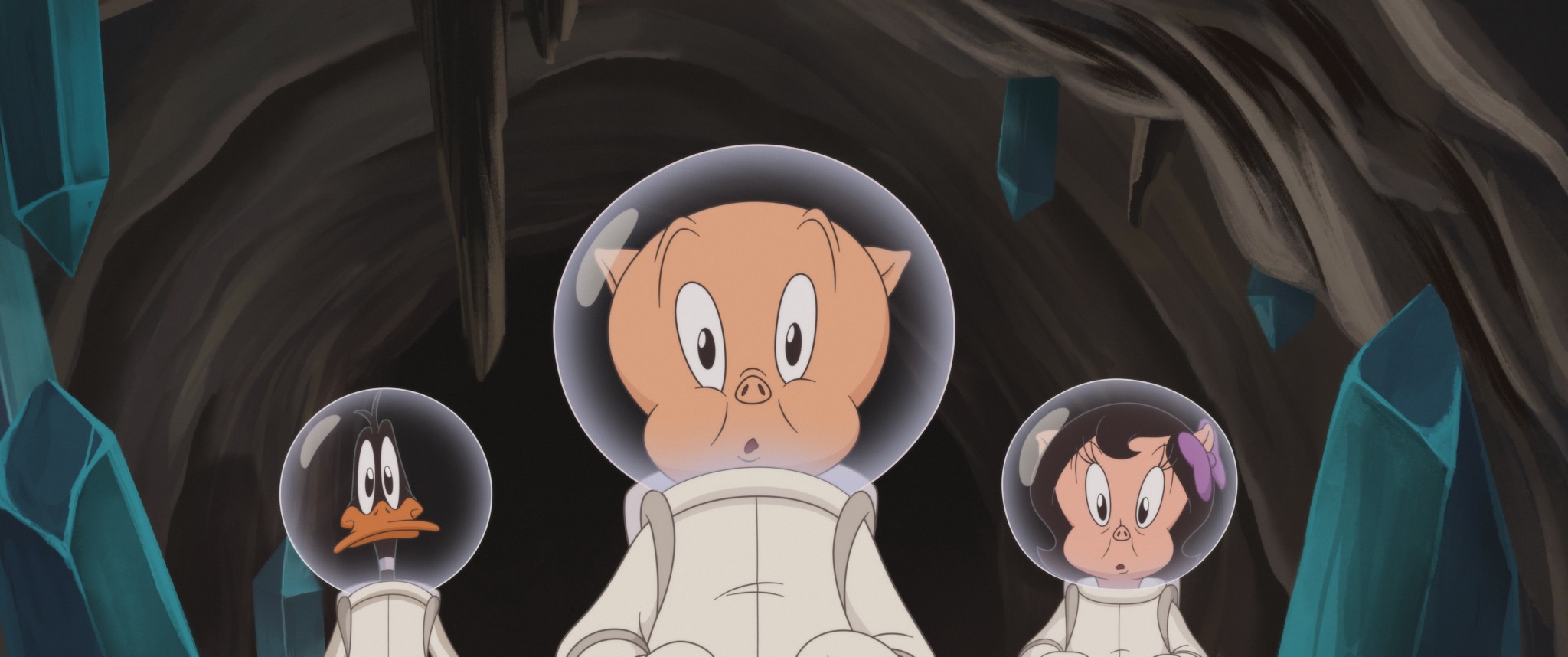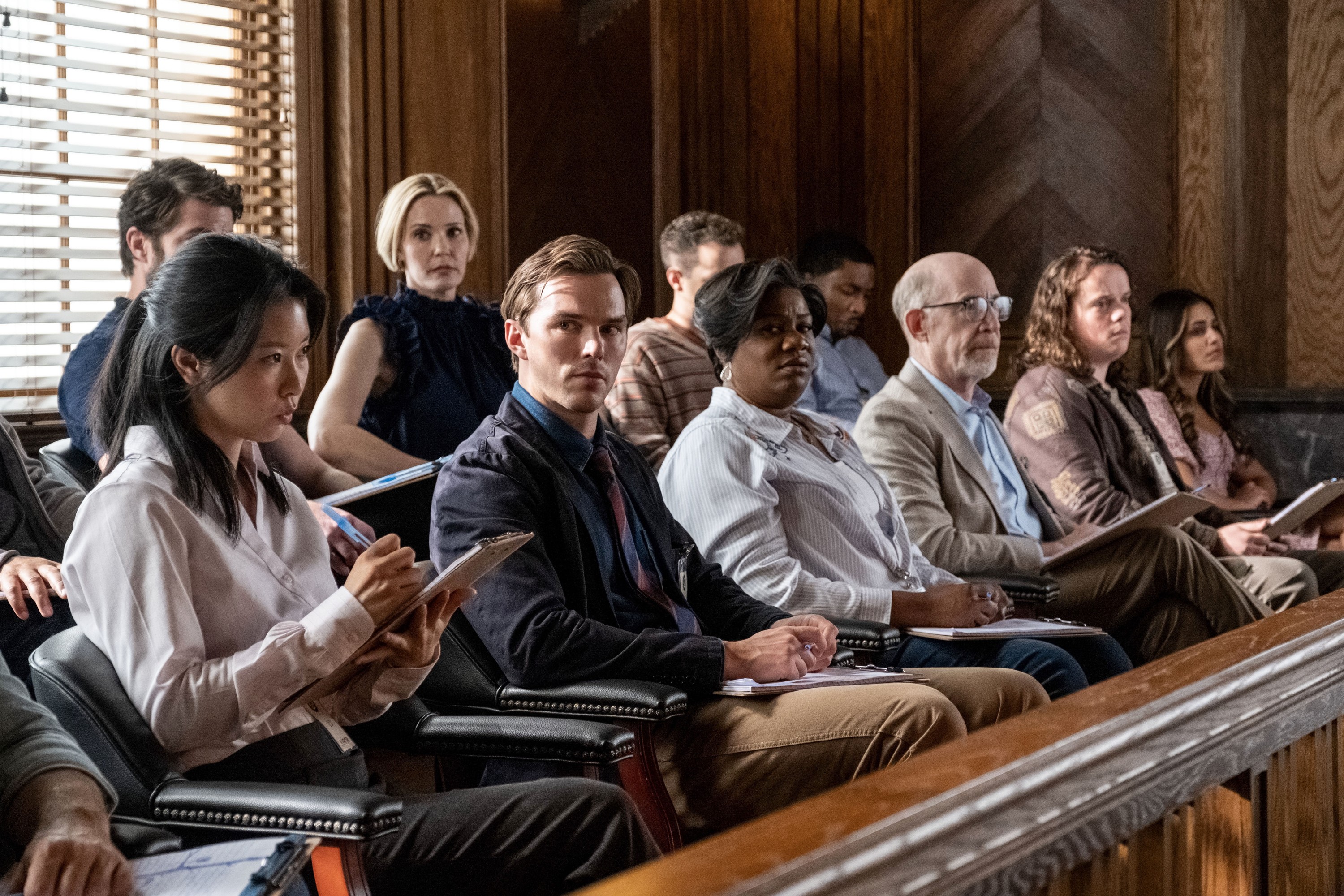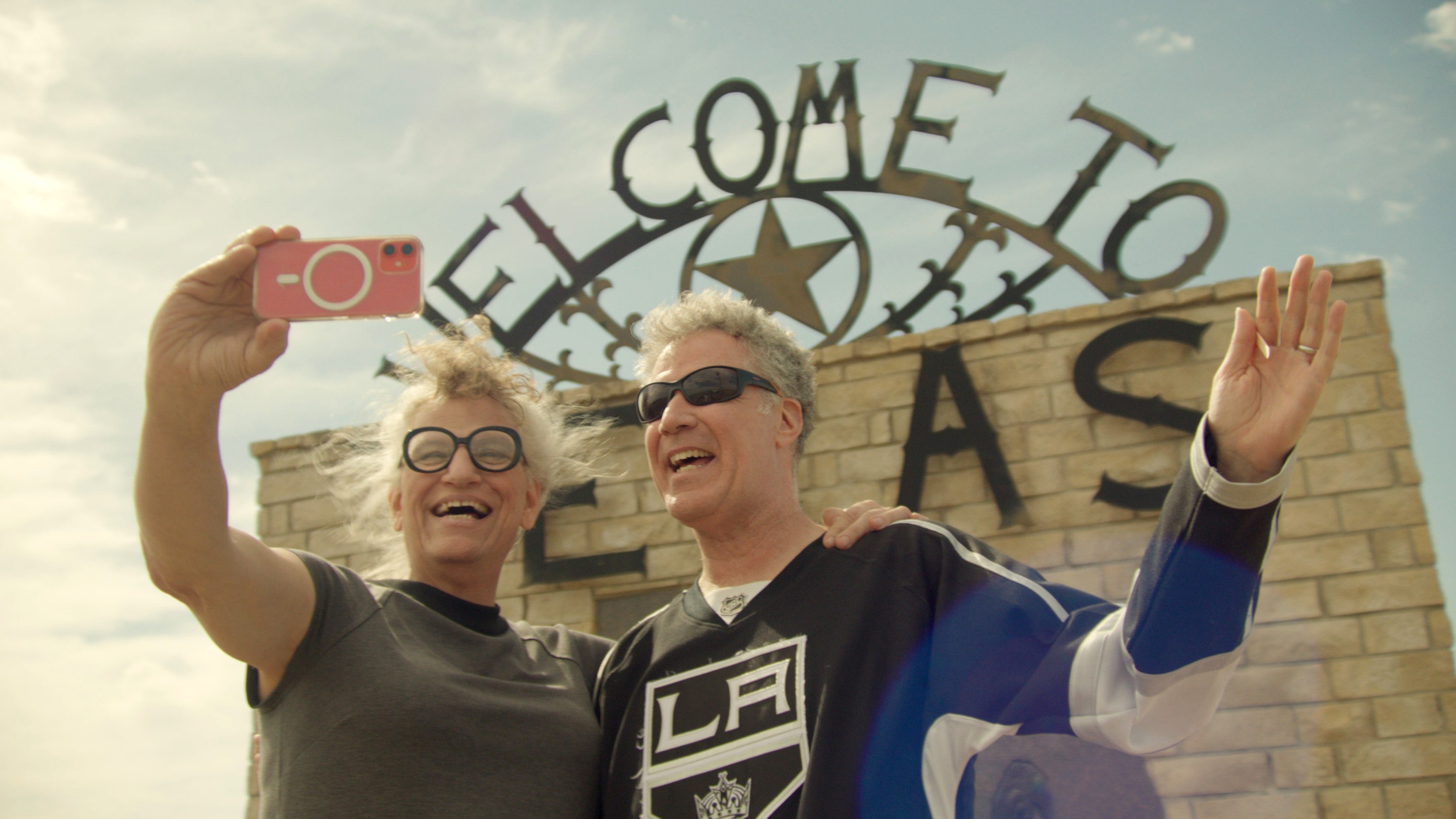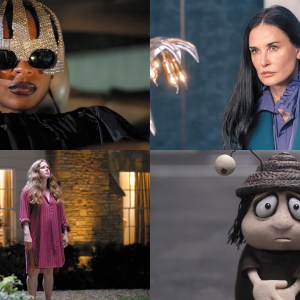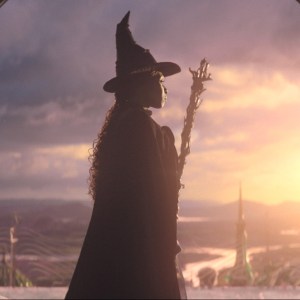By providing your information, you agree to our Terms of Use and our Privacy Policy. We use vendors that may also process your information to help provide our services. This site is protected by reCAPTCHA Enterprise and the Google Privacy Policy and Terms of Service apply.
‘Camera Man’: How Author Dana Stevens Uses Buster Keaton’s Career to Track the History of Cinema Itself

Slate film critic and author Dana Stevens and I share something in common. We adore Buster Keaton. I discovered him as a teenager at New York’s Olympia Theater when silent film maven Raymond Rohauer released his “Rohauer Collection,” including eight Keaton classic 20s features, from “The General” and “The Navigator” to “Sherlock, Jr.,” that had been out of theatrical release for decades. All at once, a generation of film critics wrote about the Keaton oeuvre, as if discovering him for the first time.
And I fell in love, both as a cinephile admiring Keaton’s transformation of the language of cinema, and a girl with a crush on a handsome movie star. But it wasn’t just Keaton’s balletic fearless athleticism; something sad behind his eyes drew me in. I read the Rudi Blesh biography, and learned about Keaton’s rough and tumble youth on the Vaudeville circuit, where his father Joe started throwing him around the stage as a toddler — for laughs.
Buster grew into a sober adult child entertainer who carried his entire family. And when he ditched the family business at 22 and connected with Fatty Arbuckle in Hollywood, he learned how to make movies.
Stevens writes about all this in her engaging new book “Camera Man: Buster Keaton, the Dawn of Cinema, and the Invention of the Twentieth Century,” which takes a genre-bending approach to describing Keaton and his place in Hollywood history. The ways Stevens, a co-host of Slate’s “Culture Gabfest” podcast, breaks with convention is probably why the book is capturing attention and readers: you don’t know where it’s going to go, it takes unexpected turns. It’s not exactly what everyone else would do. It’s what Stevens would do.
She fell for the silent movie star too, at the age of 29, as a literature grad student in Strasbourg in 1996. “I had been a hardcore movie nut since adolescence,” she told IndieWire during a recent Zoom interview. “I wrote Roger Ebert a letter when I was in middle school asking him how I could become a film critic. So that had been an interest for a long time. But if you think about the time that I was growing up, it was the pre-VCR days, much less streaming. So in suburban San Antonio, Texas, there was just not much chance that I was going to see a silent film on the big screen or on the TV or anywhere else. So that was just really not part of my language of film at all.”
But that year in France happened to be the centenary of Keaton’s birth, and Stevens went to a Keaton festival at a cinematheque. Like me, she was obsessed and went to see every movie, “some of them several times, and then just immediately went down this kind of pre-internet rabbit hole, where this little cinematheque also had a little basement library. Because the French love Buster Keaton, they had quite a few books on him; I read a Tom Dardis biography. I had a feeling of wonderment or passionate curiosity where I had to understand how these these works of art came to be, there was something so otherworldly about them.”
As she learned more about him, Stevens said, “Your eyes just pop like, wait, what? He was a child star before he ever even became a film star. And just the huge role that he had an early 20th century history. So that was the seed of it, starting there.” It was another 20 years before Stevens turned her lifelong obsession into a book.

IndieWire: Why does Keaton endure, and last?
Dana Stevens: To us now he has this special resonance that he didn’t necessarily have at the time. Obviously, he was popular. He was a movie star, and before that a stage star, and people loved him and his name on the marquee got people into the theater. But he was ahead of his time in a way: his time is arriving now, or it’s always arriving, continuously in the future. And that’s why I end up talking about digital Keaton and how GIF-able he is. Not all Chaplin films, but a lot of them now play more as antiquities, or as as messages from the past. And they teach us a lot about the past, because he was an incredibly important historical figure.
But I don’t think that they have that sense of being from the future from outside of time in the way that Keaton’s films do. This ends up becoming the premise of the book: his lifespan became this fascination for me, the idea of someone who was born in 1895, and died in 1966, which is the year I was born, so that I felt linked to him in this way. My life began just a few months after his life ended.
He is one of the greatest artists who doesn’t know that he’s an artist or doesn’t set out to be an artist. He’s anti-pretentious, and there’s something pure about his artistry. He did what he did because he needed to do it. From a biographical point of view, there’s a sadness to that, because why did he need to entertain people? Why did he need to make people laugh? That need and that drive in him came from some dark things in his past, and from the fact that he had never known anything else or done anything else. He didn’t try to become a comedian, he was born into being one, and then got onto this trajectory of stage stardom, and then film stardom, because of the physical abilities that he had.
But in a way, he doesn’t seem quite like someone who belongs in that world. His mind seems to be doing something else. He did famously say, in an interview late in life, that if he’d had the education for it, he would have wanted to be a civil engineer, which you can imagine.
And Keaton had a huge impact on who you became.
I was already on a path toward being some sort of writer when I went to that festival, but I wasn’t looking to go into a career writing on film. But I started to veer off this on this other path: “I want to learn about this other thing. I want to understand this.” A great thing for young intellectuals, critics, or writers to keep in mind, is that you can have a passion, and do nothing with it for years and years and years, and have it be a hobby, or have it be on the shelf. I’m expanding my Keaton bookshelf slowly over the course of 20 years, and then that ends up becoming a project or a book that you maybe hadn’t foreseen.

You put him into a context that made sense. You see him from a different angle. You go off on a tangent about Mabel Normand, for example.
I didn’t set out to write a biography at all. I don’t mind it being shelved with biographies, if that helps to sell it. A book that inspired me in terms of the structure was called “River of Shadows,” by Rebecca Solnit, a book about Eadweard Muybridge, the photographer who took the 40 photographs of the running horse, but who also had this long and fascinating life where he changed his identity and was involved in a murder trial and photographed the expansion of the railroad and photographed the last Native American reservation in California. This guy was all about the history of the West, which Rebecca Solnit is obsessed with. And there were so many stories about the American West and identity and photography and technology that all wove through the life of Muybridge. Reading that book gave me a sense of how you could write about a life.
You were less interested in how he strategized the stunts in the movies, or how “The General” got made, than in how he intersected with the history of Hollywood.
I tried to think of it as each chapter would be a freestanding essay about some part of film history, or American history, that criss-crossed in some way with Keaton’s life, sometimes indirectly. It makes complete sense why there’s a chapter about Mabel Normand, because that’s a piece of history of the filmmakers of the 1910s that doesn’t get told, this wave of powerful female filmmakers and producers and stars with their own production companies. At the moment that Keaton was getting into the business — and it was becoming big business — was when it shifted over to the men.
Every single chapter, I learned something that was new. I learned about child abuse law and child labor law and children’s rights in the early 20th century. And then when I’m looking at his film career, the golden age of his silent filmmaking career, the frame becomes meta, it becomes film itself. What was happening in the film industry and in Hollywood, the move from New York to Hollywood in the years between 1917 and 1929. And when we get into the dark years of his life, the frame became what did it mean to be an alcoholic in 1935? That was the year AA was founded. I knew nothing at all about the history of addiction treatment. And trying to imagine how awful it was to be an addict in 1935. It was lonely and he was such a celebrity that he couldn’t have attended meetings even if he had wanted to. It’s incredible that he got even as sober as he did, even if he fell off the wagon sometimes. Bill Wilson the founder of AA was born in 1895, the magical year that kept providing different connections in this book.
The danger he put himself into is compelling. With his last independent film “Steamboat Bill, Jr.” you figured out that at that moment, as the house is crashing around his head, so his whole career.
Yeah, he found that out right before the house stunt. But, it’s a little bit like the fact that he was born the same year as cinema, right? Almost every biography makes that observation that he was born in 1895. And that’s when the Lumiere brothers first screened their films. Well, if he was born alongside it, that means he grew up alongside it. And that means that in a way his movement, from the stage to the screen, reflected the movement of the country from looking at stages to looking at screens. The ideas and currents of the historical moment that he was living in are displayed in his life, the story is right there.
Also, there was something extraordinary about him inventing an art form. He had the creative freedom and support to do that, for that prolific seven-year stretch. When Joseph M. Schenck pulled the plug it was one of the great tragedies.
Right, and it becomes not just his personal tragedy, but something about cinema itself. As I was researching this book, I resented the coming of sound in the early ’30s — all the incredible artistic careers that were cut short by that, and how amazing silent film was just right at that moment when it ended, in 1927. They’re still just some of the greatest works of cinema, and then that whole way of filmmaking was about to come to this absolutely abrupt halt.

It’s true. I get angry at the people who deprived us of what he could have done. And you also write about the enduring impact he had on other artists, people like Jackie Chan, and even recently, Johnny Knoxville.
Initially, there was a final chapter plan for the book that was going to be interviewing contemporary creators who were influenced by Keaton. And it was the pandemic that cut that short. I was going to try to interview Jackie Chan, Bill Irwin the clown, anybody I could get my hands on.
Why do you think the book has generated so much interest? Keaton still has power?
This is a person who’s touched people, an entertainer who basically is irresistible to anyone of any age. I am surprised and shocked that the book has gotten as much attention as it has. It’s so hard to get anyone to notice anything right now. And it’s a climate of chaos. And it seemed like a niche kind of book. I thought maybe I’ll sell some books to some Michigan film nerds, you know, because I have this Twitter following. But the idea that my Twitter following is 2,500 followers bigger than it was two weeks ago, is very strange to me. And of course, gratifying.
Dana Stevens’ “Camera Man: Buster Keaton, the Dawn of Cinema, and the Invention of the Twentieth Century” is now available wherever books are sold.
By providing your information, you agree to our Terms of Use and our Privacy Policy. We use vendors that may also process your information to help provide our services. This site is protected by reCAPTCHA Enterprise and the Google Privacy Policy and Terms of Service apply.






